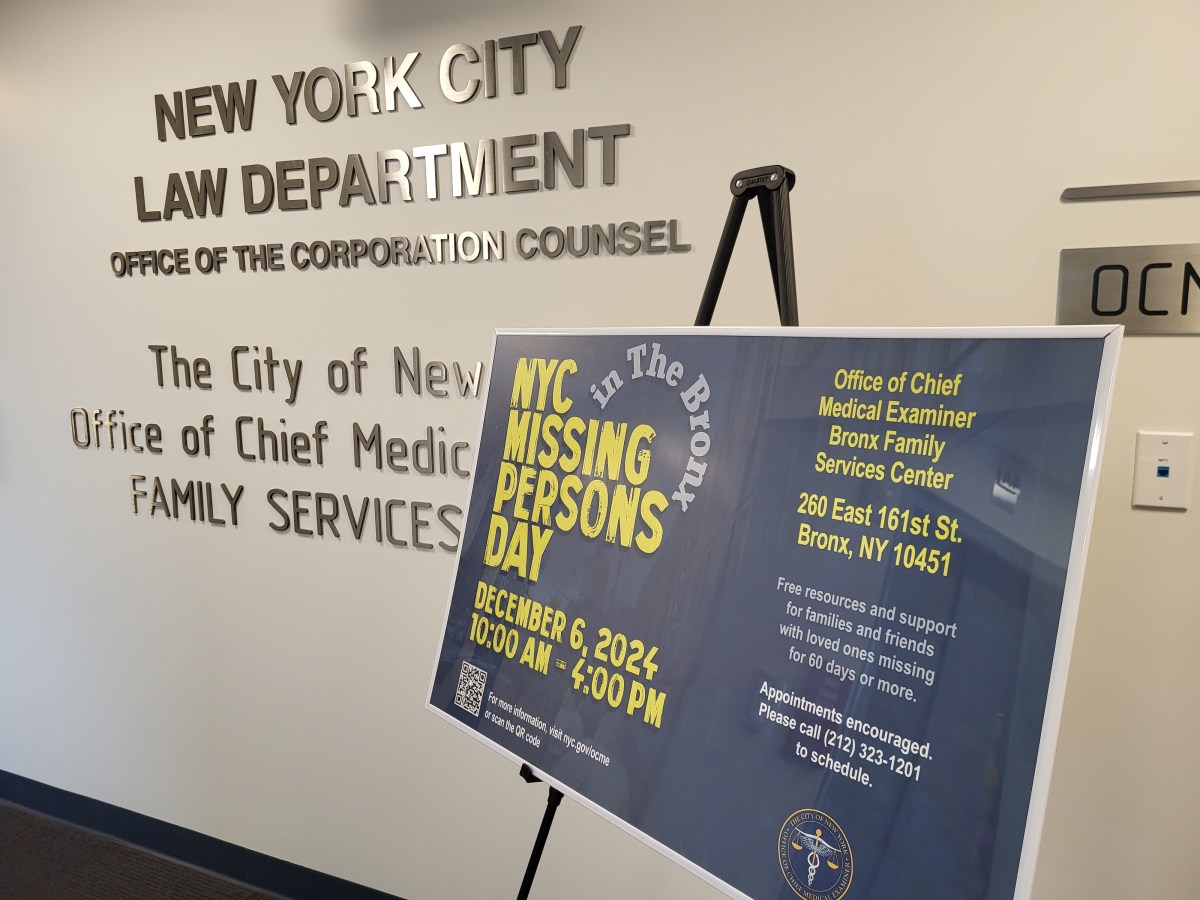BY CHRISTINE C. QUINN CITY COUNCIL SPEAKER | The New York City Council took action to save Chelsea Market and preserve the iconic neighborhood treasure that we all love. The agreement we reached ensures that the Chelsea Market we know today will be allowed to grow in a way that preserves its current facade and keeps it in scale with the surrounding neighborhood.
After much community input, we were able to address numerous concerns about the original proposal. As a result, the modified plan:
• Permanently preserves the Market’s original façade
• Ensures that 75 percent of the ground floor concourse will be permanently dedicated to food use, while creating new space for food start-ups
• Provides important support for two valuable educational programs on technology training and wellness
• Creates a Community Advisory Board to review construction schedules
• Establishes a future study on the expansion of the Special West Chelsea District
This brings the Chelsea Market building into the Special West Chelsea District — which was the original plan when West Chelsea was rezoned. But changes to the proposed plan were needed.
The view corridor from the High Line needed to be preserved, and the City Planning Commission’s design changes accomplishes this. These changes include setting back the Tenth Avenue building, reducing the overall size and reducing shadows on the park.
What we heard from the beginning was a clear message from the community to keep Chelsea Market the same. As a result, the architecture of the original buildings will be preserved. The concourse will keep its character, preventing the ground floor space from becoming a generic chain store mall. The Council understands that we cannot lose this neighborhood treasure — and we have ensured that will never happen.
The agreement addresses the community’s concerns in the following seven areas.
Permanent preservation of Chelsea Market’s current masonry façade:
To preserve the iconic neighborhood treasure that is the Chelsea Market, the Council ensured only minor changes can be made to the windows of the market’s façade. Without this action, Jamestown or any future owner of this building would have been able to make unlimited changes.
Permanent Food-Related Space at the Market:
Ensuring the historic and food-focused nature of Chelsea Market is preserved, the Council’s actions permanently protect 75 percent of the current total interior ground floor concourse for food-related uses; prohibit national and regional chain stores; and establish approximately 100 square feet dedicated to either a single food startup or a food incubator that could rotate the use of its space.
West Chelsea Rezoning Study:
The Department of City Planning (DCP) and Community Board 4 (CB4) will engage in a collaborative planning process to assess the future of the expansion of the Special West Chelsea District. The initial meeting DCP and CB4 on this matter will happen no later than December 20, 2012. They are required to complete a report on the expansion no later than June 30, 2013. Any actions recommended in the report will begin by December 30, 2013.
Affordable Housing:
We are delivering 50 new permanent Affordable Housing units — and 100 long-awaited units previously promised when the Special West Chelsea District was created in 2005. This agreement ensures that 40 percent of the total units at the Robert Fulton Houses will be affordable to those making less than 80 percent of the Average Median Income.
Technology Center for Youth:
Jamestown will provide $1.05 million for a new community program. Run by Hudson Guild, it will train youth from the Chelsea neighborhood (in particular, from Fulton and Chelsea-Elliot Houses) in the growing tech and new media industries.
School Programs:
Additionally, the existing, highly popular Wellness in the Schools (WITS) program, which inspires healthy eating, environmental awareness and fitness, will be expanded from PS11 to PS33.
Funding for the High Line:
Jamestown will provide approximately $12 million in capital funding for necessary maintenance and repairs on the High Line. The addition of amenities such as public elevators and restrooms will make the High Line a more usable space for the community and visitors alike.
In concluson, the design originally submitted was unacceptably out of character for the Chelsea neighborhood. Furthermore, the project’s original size and proposed uses were not proposals that I could support.
Over the last five years, the community has engaged in discussions about the future of the Chelsea Market complex. The conversation has been both thoughtful and constructive, highlighting concerns that needed to be addressed. I want to thank everyone who contributed to this important discussion. My hope, as always, was to have an open dialogue where both those who agree and disagree were able to sit at the table and discuss their positions. I believe we have all found a way to preserve one of the things we love about our neighborhood well into the future.

































